What are Diecast Models?
Diecast models, miniature replicas of real-world vehicles, have captivated collectors and enthusiasts for generations. These intricately crafted toys, typically made from metal, are prized for their detail, realism, and the sense of nostalgia they evoke. From classic cars to modern trucks, military vehicles to construction equipment, the variety of diecast models is vast and ever-expanding. For a beginner, understanding what constitutes a diecast model is the first step in embarking on this exciting hobby. The term ‘diecast’ refers to the manufacturing process where molten metal, usually zinc alloy, is injected into a mold under high pressure. This creates a precise and durable miniature, often with moving parts and fine details that mimic the original vehicle. The appeal of diecast models lies not only in their aesthetic value but also in the investment potential some models hold, increasing in value over time, especially limited editions or vintage pieces. The world of diecast is diverse and rewarding, offering something for everyone, from casual collectors to serious enthusiasts.
Types of Diecast Models
The realm of diecast models encompasses a wide array of vehicle types, catering to diverse interests and preferences. Cars are perhaps the most popular, ranging from iconic vintage automobiles to sleek modern sports cars. Trucks, including semi-trucks, delivery vans, and emergency vehicles, also hold a significant place in the diecast world. Military vehicles, tanks, and aircraft are highly sought after by collectors interested in military history. Construction equipment, such as bulldozers, cranes, and excavators, provides a unique niche for enthusiasts. Motorcycles, trains, and even boats add further variety to the collection possibilities. Each type of diecast model comes with its own set of details and characteristics, from the paint finish to the working features, creating a rich and diverse landscape for collectors. Selecting the types of models to collect is one of the first and most enjoyable steps for a beginner. This choice helps narrow down the vast landscape of choices, making the collecting process more focused and fulfilling. Discovering what attracts you most, whether it’s specific vehicle types, brands, or historical periods, is part of the joy of diecast model collecting.
Scale Matters
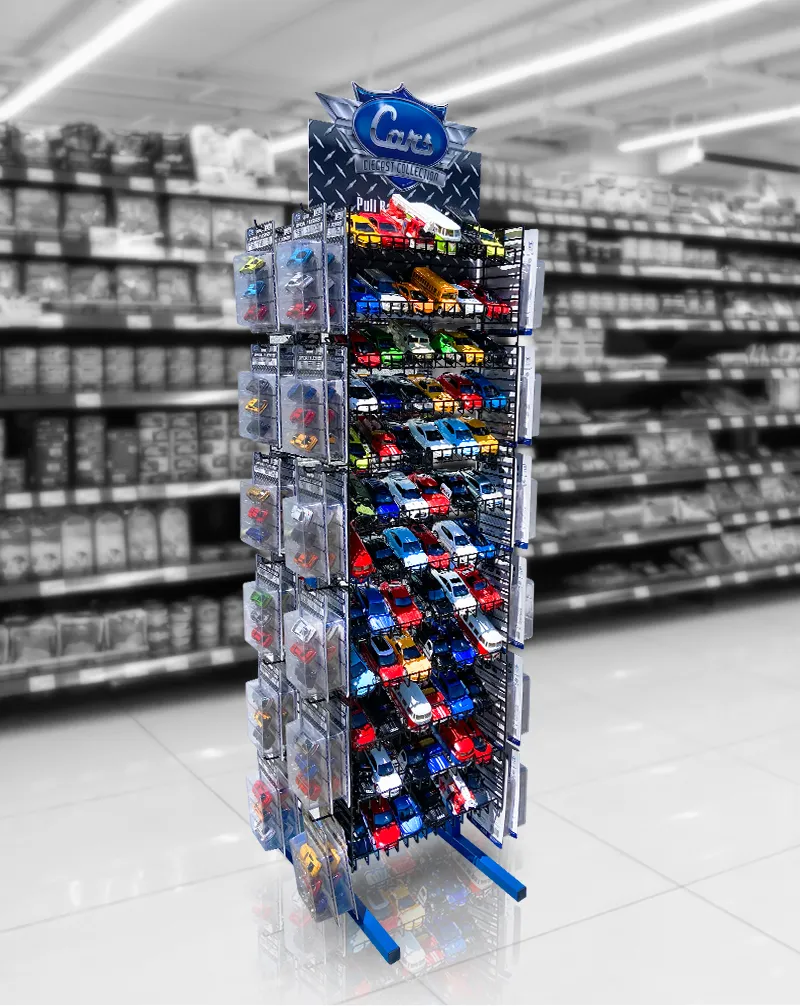
Scale is a critical aspect of diecast model collecting, determining the size and level of detail of each model. Scales represent the ratio between the model’s size and the actual vehicle’s size. For example, a 1:18 scale model is 1/18th the size of the real vehicle. Common scales include 1:64, 1:43, and 1:24, each offering a different level of detail and a varying amount of space required for display. Choosing a scale depends on personal preference, available display space, and the collector’s budget, as larger scales tend to be more expensive. The uniformity that scale provides allows collectors to create cohesive displays. This consistency makes comparing and appreciating the different models more straightforward. As a beginner, it is often recommended to start with a more accessible scale, such as 1:64 or 1:43, to get accustomed to the hobby and start building a collection before moving to larger scales. Understanding the scale is more than just a technical detail; it’s fundamental to appreciating the artistry and craftsmanship involved in diecast models.
Popular Scales
Several scales dominate the diecast model market, each with its own advantages. 1:18 scale models are known for their impressive size and high level of detail, making them popular for collectors who appreciate realism and fine craftsmanship. 1:24 scale offers a good balance between detail and affordability, making it a versatile choice. 1:43 scale is a common option, especially for collectors interested in a wide variety of models, due to the ease of storage and display. 1:64 scale, often associated with Matchbox or Hot Wheels, is a compact and affordable option, ideal for those new to the hobby or looking for a large collection without the space requirements of larger scales. Scale selection is an essential element of the diecast models hobby. Considering these options enables you to tailor your collection to your interests, display capabilities, and financial resources. The right scale enables you to create a balanced and visually appealing display.
Where to Find Diecast Models
Finding diecast models requires knowing where to look, as the market is diverse and includes various channels. Exploring these venues provides access to a wide range of models and a chance to find those rare treasures. Local hobby shops and specialized diecast stores are excellent resources, offering a curated selection and expert advice. These stores allow you to see the models in person, which is beneficial before making a purchase. Online marketplaces and e-commerce platforms provide a vast and readily available supply of diecast models. Auctions and collector shows are also great places to find rare and vintage models. Exploring these venues is part of the excitement of collecting diecast models.
Online Marketplaces
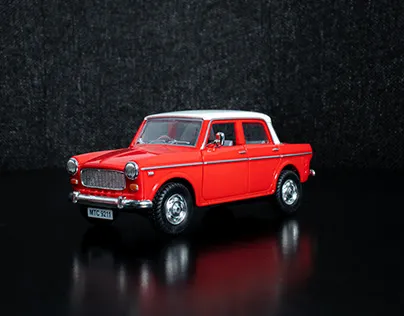
Online marketplaces have revolutionized the way diecast models are bought and sold, offering unparalleled convenience and selection. Platforms like eBay and specialized diecast retailers provide access to thousands of models from various manufacturers and sellers. These platforms allow you to easily compare prices, read reviews, and find rare and hard-to-find items. Before purchasing from an online marketplace, it’s crucial to research the seller’s reputation and read reviews to ensure authenticity and quality. Using secure payment methods protects your investment. Many online platforms offer buyer protection. Online marketplaces are essential tools in the world of diecast model collecting.
Specialty Shops and Shows
Specialty shops and collector shows offer unique opportunities to discover and purchase diecast models. Hobby stores and dedicated diecast shops often have carefully selected collections, expert staff, and a community feel. Collector shows and swap meets bring together dealers and enthusiasts from across the region, creating a vibrant marketplace. These events offer the chance to see a variety of models, learn from other collectors, and potentially find rare or vintage pieces. Interacting with other collectors provides insight and tips about the hobby. Both specialty shops and collector shows provide a more intimate and engaging shopping experience than online marketplaces, providing a space to ask questions and appreciate the diecast models.
Things to Consider Before Importing
Before diving into importing diecast models, it’s essential to prepare and plan. Successfully navigating the import process requires research, budgeting, and a clear understanding of import regulations. Failing to consider these factors can lead to unexpected costs, delays, or complications. Careful planning ensures a smoother experience and helps you avoid potential issues. Prioritizing research enables you to make informed decisions and protects your investments. Preparing for the import process sets the stage for a more enjoyable and rewarding collecting experience.
Research and Planning
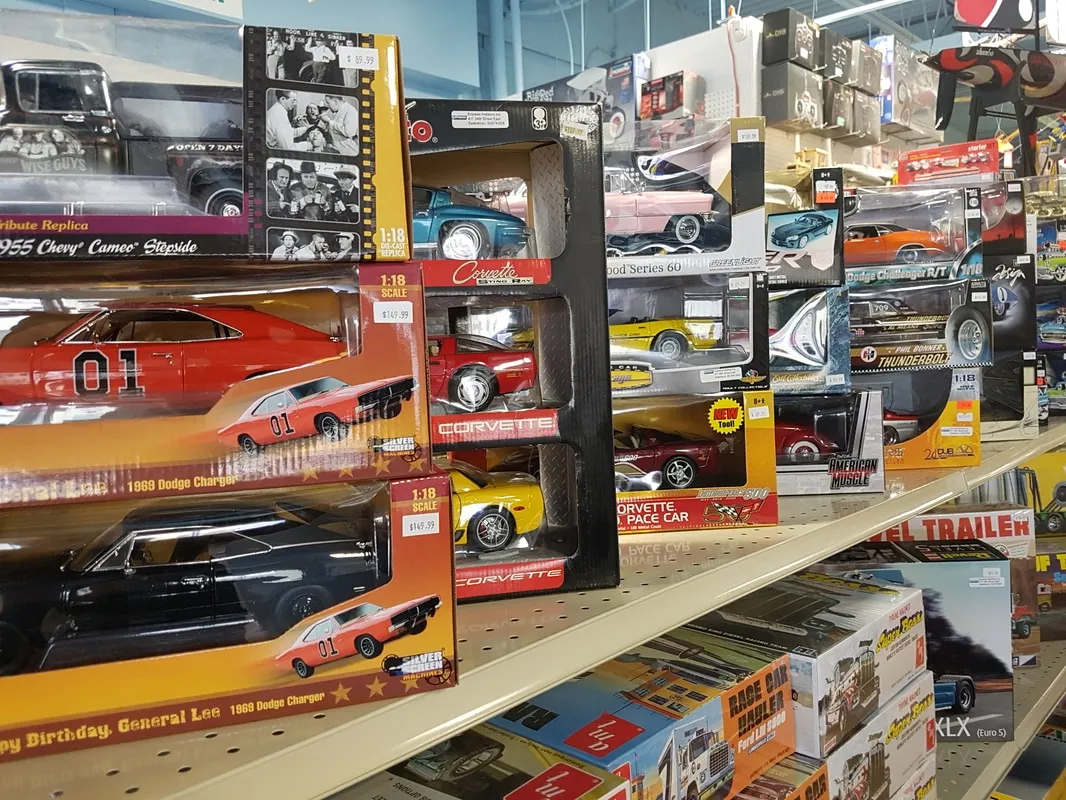
Thorough research and detailed planning are fundamental to successful diecast model importing. Start by identifying the specific models you want to import and the countries you plan to source them from. Research the reputation of the sellers or suppliers to minimize the risk of purchasing counterfeit or damaged goods. Understanding the import regulations of your country is essential, as rules vary depending on the type and value of the goods. Create a detailed budget that includes the cost of the models, shipping fees, import duties, and any other potential expenses. Setting clear goals and timelines can help you stay organized. With research, you can avoid unnecessary expenses. The planning phase allows you to prepare for the import process, which ensures a more efficient and stress-free experience.
Budgeting for Imports
Creating a realistic budget is critical to the diecast import process, preventing surprises and ensuring you can afford your purchases. The initial cost of the models is just one component, so include all potential expenses. Research the shipping costs from the source country to your location, considering factors such as weight, dimensions, and shipping method. Determine import duties, taxes, and any other fees your country may assess on imported goods. Add insurance costs, which are essential to protect your investment from loss or damage during transit. Consider the potential for unexpected expenses like currency exchange rates or storage fees, which add to your overall budget. Managing your budget is an ongoing process, so keep a record of all expenses. Careful financial planning is crucial to staying within your means and enjoying the experience of importing diecast models.
Import Regulations
Understanding import regulations is essential before starting your diecast model importing journey. Import regulations vary by country and depend on various factors, including the value of the goods, the type of product, and the country of origin. Research the specific regulations of your country and the countries from which you plan to import. Familiarize yourself with any required permits, licenses, or certifications needed for diecast models. Check if there are any restrictions on importing certain types of models or brands. You must comply with customs regulations, which includes declaring the value of the models and paying any applicable duties and taxes. Misunderstanding or failing to comply with import regulations can lead to delays, penalties, or even seizure of your models. Consult your country’s customs agency website or contact a customs broker for guidance. Knowing and understanding the regulations ensures a smooth import process.
Customs and Duties
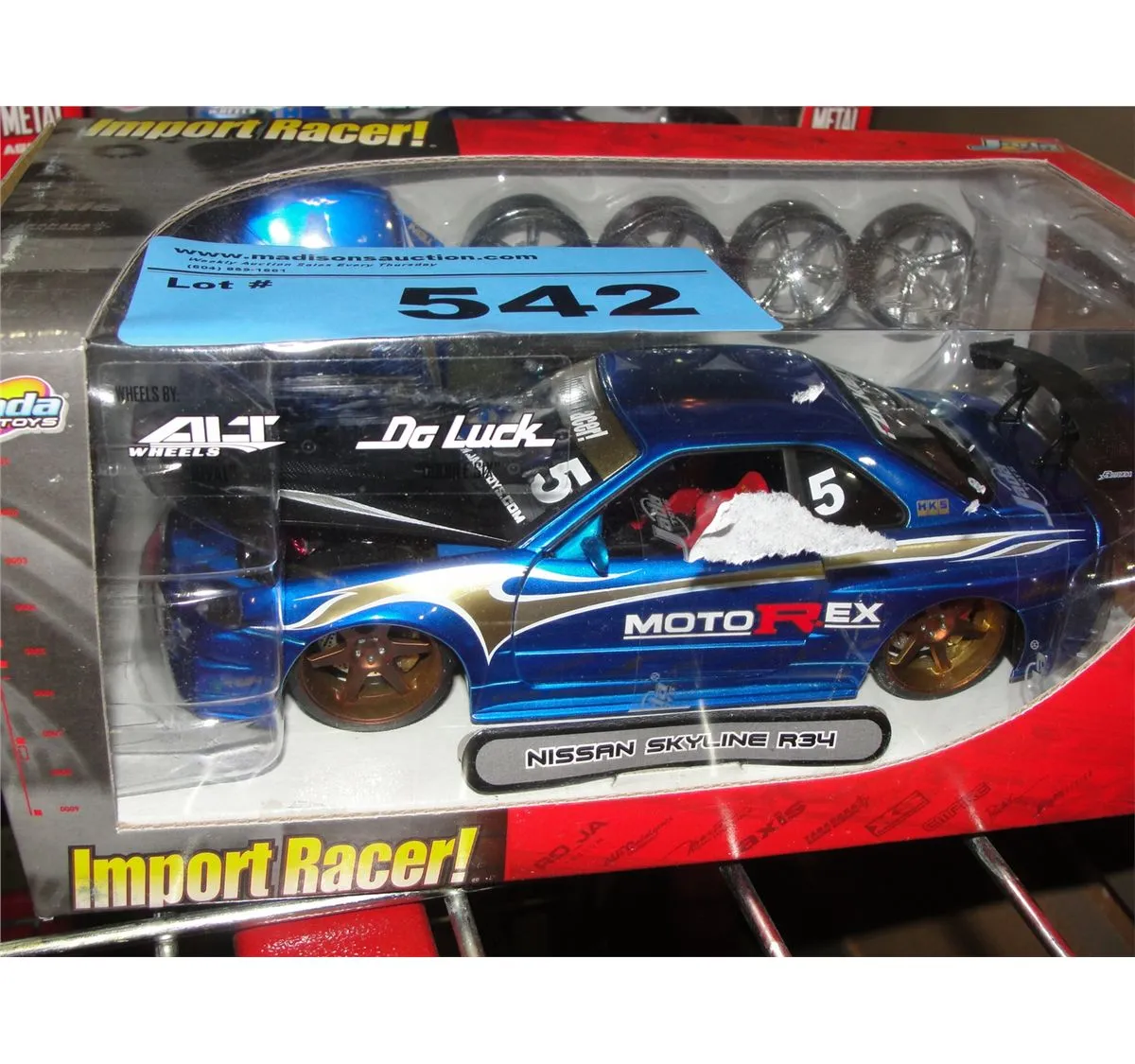
Customs and duties are an inevitable aspect of importing diecast models, and understanding them is crucial for compliance and avoiding unnecessary expenses. Customs is the government agency responsible for controlling the flow of goods into a country. You must declare the value of your imported goods. Duties are taxes levied on imported goods, and the amount depends on the product type, the country of origin, and your country’s import regulations. Duties are usually a percentage of the value of the goods. Taxes, such as VAT or GST, are also applied to the imported goods. Research the duty rates for diecast models in your country. You can often find this information on your customs agency’s website. Consider using a customs broker, especially for large or complex imports, to help you navigate the process. Understanding these charges enables you to budget accordingly and avoid unpleasant surprises when your shipment arrives.
Shipping and Logistics
Efficient shipping and logistics are vital to ensure your diecast models arrive safely and in a timely manner. The shipping method, packaging, and insurance are essential considerations during the import process. Selecting the right shipping method depends on factors such as the size and value of your shipment, the urgency of the delivery, and your budget. Packaging is a significant step to protect the models from damage during transit. Insurance is vital for covering potential losses. With attention to shipping, your diecast model collection arrives in great condition.
Choosing a Shipping Method
Several shipping methods are available for importing diecast models, each with its own advantages and disadvantages. Air freight is the fastest option but often the most expensive, making it suitable for high-value or time-sensitive models. Sea freight is a more cost-effective choice for larger shipments. The transit time will be longer. Consider express courier services, such as DHL or FedEx, for a balance of speed and reliability, as they offer tracking and insurance. Postal services, such as USPS or your local postal service, are another option for small shipments. When selecting a shipping method, consider factors such as the size and weight of your shipment, the distance it must travel, and your budget. Remember to get shipping quotes from different providers before deciding to compare prices and services. Selecting the most appropriate shipping option ensures that your models arrive safely and efficiently.
Packaging and Insurance
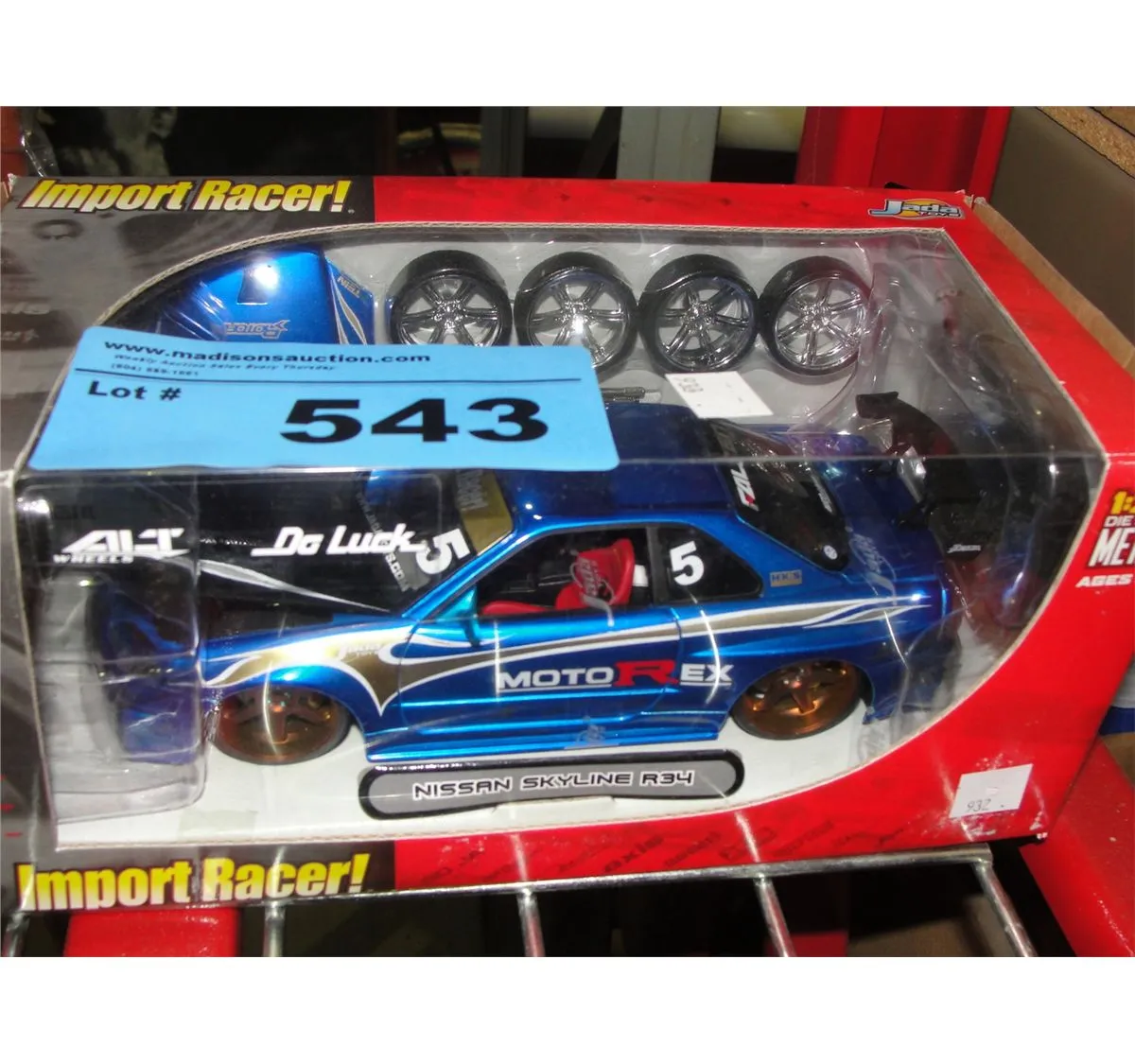
Proper packaging and adequate insurance are essential to protect your diecast models during transit. The packaging must be designed to withstand the rigors of shipping and protect the models from damage. Ensure the individual models are securely wrapped with bubble wrap or other cushioning material. Choose a sturdy outer box with adequate packing material, such as foam peanuts or air pillows, to absorb shocks and prevent movement. Consider insuring your shipment to cover the value of your models in case of loss or damage. Review the insurance options offered by your chosen shipping provider and explore whether they cover the full value of your models. Keeping good records is crucial for any insurance claims. Taking care in the packaging and insurance processes helps you safeguard your valuable models.
Payment Methods
When importing diecast models, choosing secure and reliable payment methods is essential. Credit cards offer buyer protection. Bank transfers are safe and reliable, especially for larger transactions. Online payment platforms like PayPal offer secure payment options. When choosing a payment method, consider fees, security features, and any currency conversion costs. Always verify the seller’s credentials and reputation before making a payment. With these options, you can confidently manage your diecast model transactions.
Managing Your Diecast Collection
Once you have successfully imported your diecast models, managing your collection becomes an exciting part of the hobby. Proper storage is essential to preserve your models. Keep them in a dry, temperature-controlled environment, away from direct sunlight and dust. Consider using display cases or shelves to showcase your collection. Keeping a detailed inventory of your models, including their make, scale, condition, and purchase price, helps you track your collection and its value. Joining online forums or local collecting clubs allows you to connect with other enthusiasts, share your passion, and get helpful advice. Taking care of your collection will ensure that you enjoy your diecast models for years to come.
